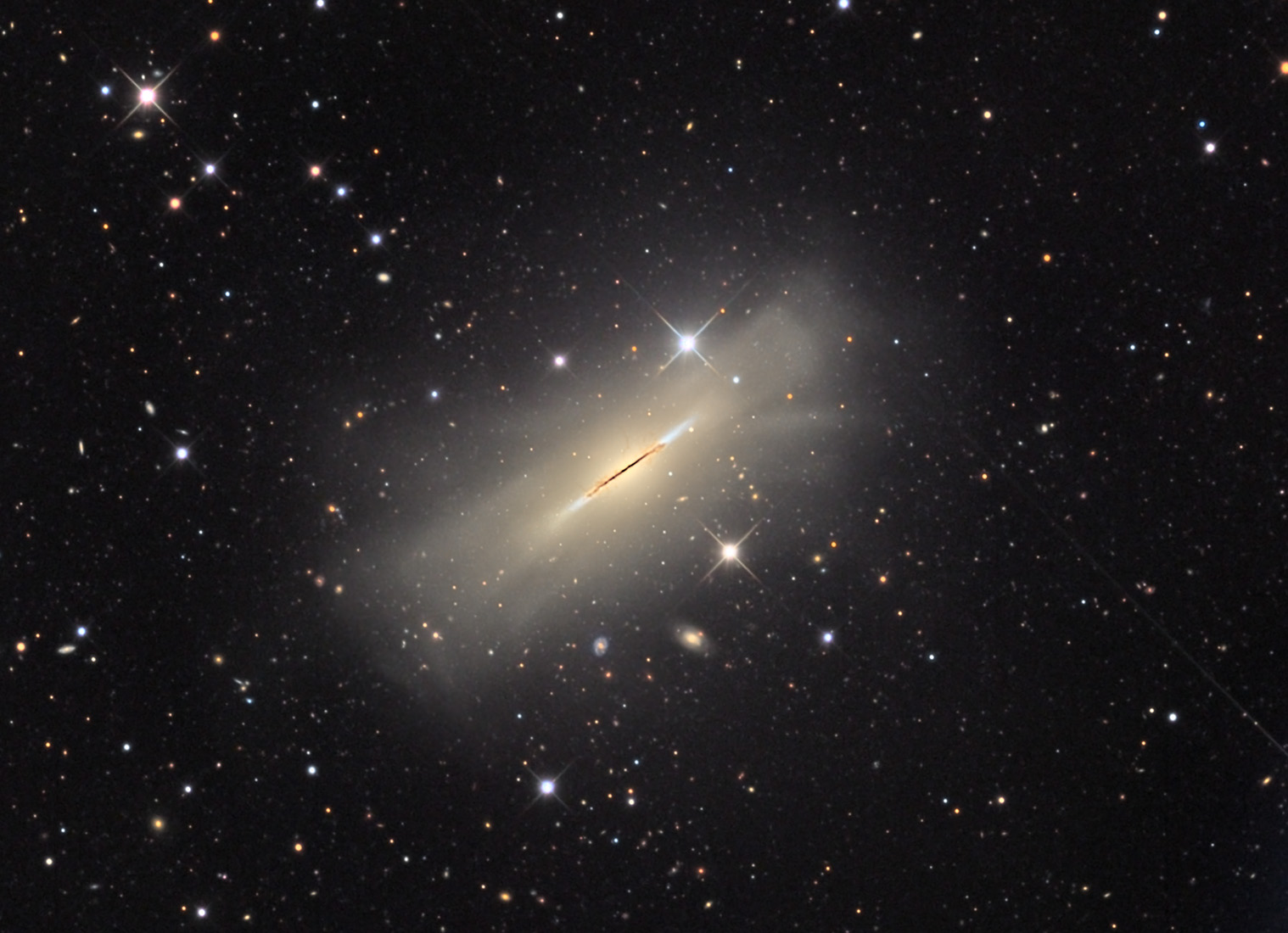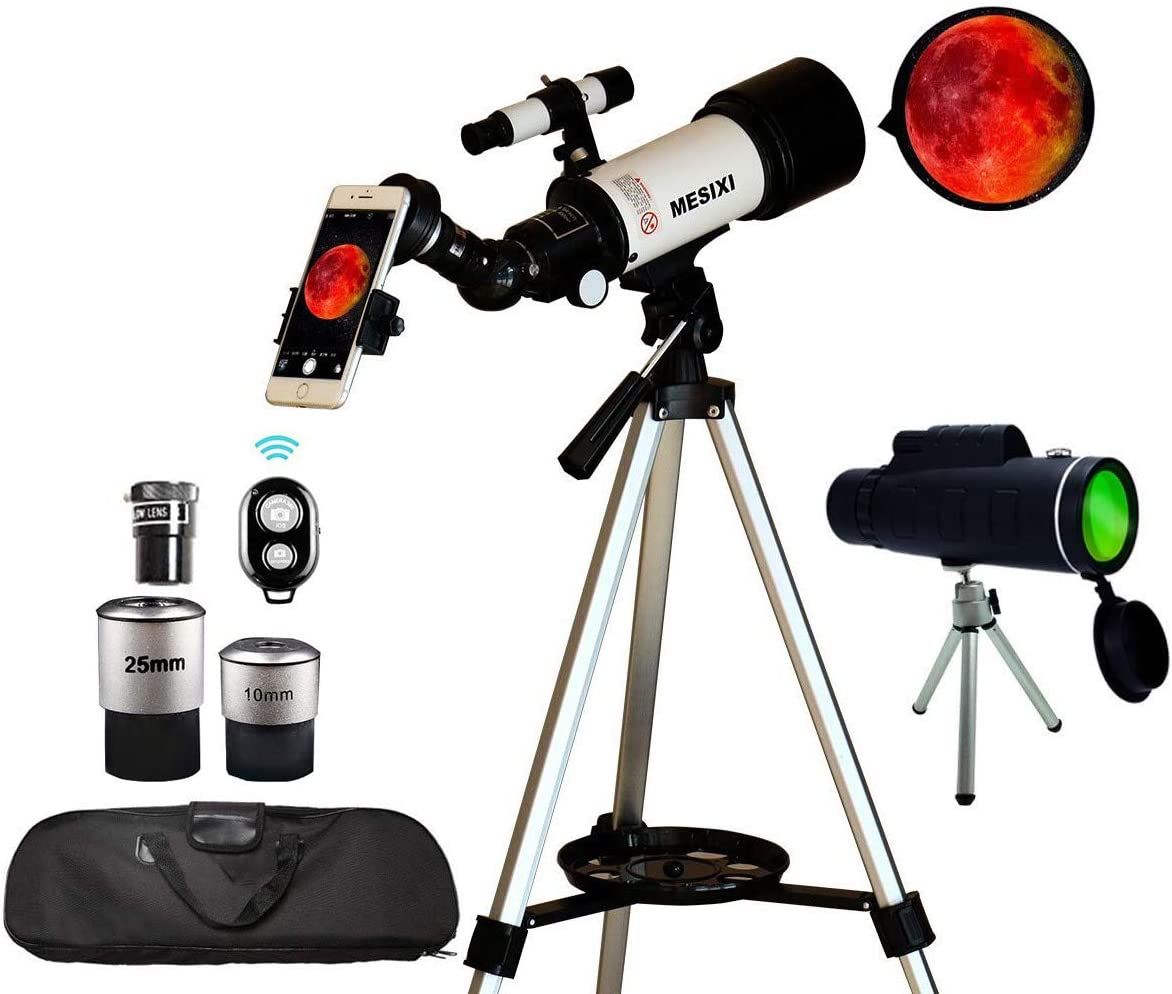
The aperture is the diameter of the main mirror or lens, and dictates how much light the telescope catches.Ī typical aperture for beginners and hobbyists can be anywhere from 80 to 300 mm (or about 3 inches to a foot). This is often the most important part of a telescope. One big downside is, it’ll take a little more work to find things in your scope! You’ll also have to be careful with your weight and size the best home telescope is one that can actually fit in your home or car! Aperture Shorter focal lengths give you a wider field of view, but the magnification is not as great.Ī long focal length is great for looking at things like the moon and planets, and may be the best amateur telescope to start out with. Longer focal lengths let you see a smaller part of the sky but greatly enlarge the view. A telescope with a longer focal length will require a longer case to hold the lenses and mirrors. This is basically the length of your telescope. It’s cheaper, and typically the best telescope to see planets and other “easy” nighttime objects.

Overall, although you certainly have the choice of any type of telescope you want, the best telescope for adults or kids just starting out is probably a reflector telescope. Also, a reflector telescope will typically be cheaper than its equivalent refractor counterpart, which is great for getting started with astronomy! For many beginners, the focus is more on things in our own solar system, such as the moon, planets, and comets.Ī reflector telescope is better designed for bright, close objects like the moon and planets, making it a great choice for beginners. These include galaxies, nebulae, and star clusters.

If you’re not interested in this, you may be better off looking at a great beginner reflector or refractor telescope.Ī refractor telescope uses lenses that enable it to better see deep space objects. Without getting too technical, here are some aspects to consider with this type of scope.Ĭatadioptric scopes can be more expensive and are great for astrophotography. Each offers some advantages and disadvantages, but much of the difference is in the way their optics work. There are three primary types of telescopes: reflector, refractor, and catadioptric.

There are so many beginner telescopes, it’s hard to pick just one, but what should you look for? Here are some factors that play into the best telescope for beginners to get you started. Telescopes have been a great way to gaze at the night sky for centuries, and generations of eager astronomers have enjoyed the ability to see the heavenly bodies up closer.īut if you’re new to astronomy, choosing a telescope from among the many options can be overwhelming.


 0 kommentar(er)
0 kommentar(er)
